The Ultimate Guide to Choosing the Right Battery Pack for Your Gadgets
In an era where our reliance on gadgets continues to surge, the importance of selecting the right battery pack has never been more critical. According to a report by Allied Market Research, the global battery pack market is projected to reach $120 billion by 2025, driven by the increasing demand for portable electronics and electric vehicles. As gadgets evolve, so does the technology behind battery packs, with innovations aimed at enhancing performance, capacity, and longevity. For consumers, navigating through the plethora of options can be overwhelming, making a well-informed choice essential. Understanding the various types of battery packs available—such as lithium-ion, nickel-metal hydride, and more—can greatly impact your device's efficiency and usability. This guide aims to demystify the process of selecting the perfect battery pack for your needs, ensuring you keep your gadgets powered up and performing optimally.
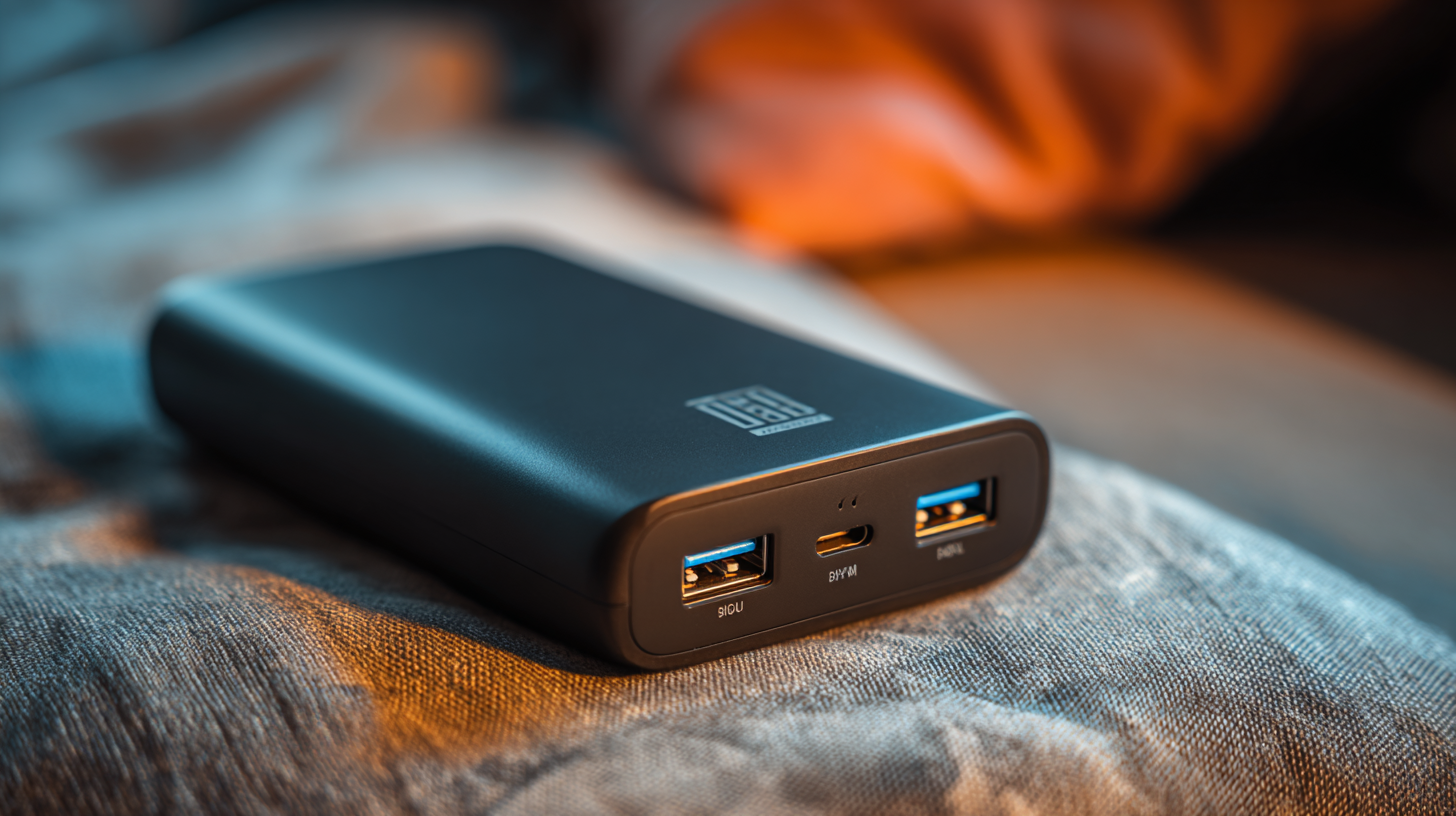
Understanding Different Types of Battery Packs and Their Uses
When choosing the right battery pack for your gadgets, it's essential to understand the different types of battery technologies available today and their specific applications. Lithium-ion batteries dominate the market due to their high energy density, longer lifespan, and decreasing costs. For instance, electric vehicles typically utilize lithium-ion technology, which can last over a decade under normal usage conditions. However, advancements in battery technology are emerging, such as solid-state batteries and alternatives utilizing nickel-manganese-cobalt compounds, which show promise in weight reduction and increased efficiency.
Moreover, the variety of battery chemistries available can affect performance and suitability for specific devices. For example, some devices may require fast charging capabilities, which can be achieved with specialized battery packs. The recent focus on sustainability and cost-effectiveness has led to innovations in battery design. Reports indicate increasing research into batteries that can rival lithium-ion in terms of efficiency, with some new technologies potentially offering better performance while minimizing environmental impact. Understanding these distinctions can help users make informed decisions based on their needs and the gadgets they use.
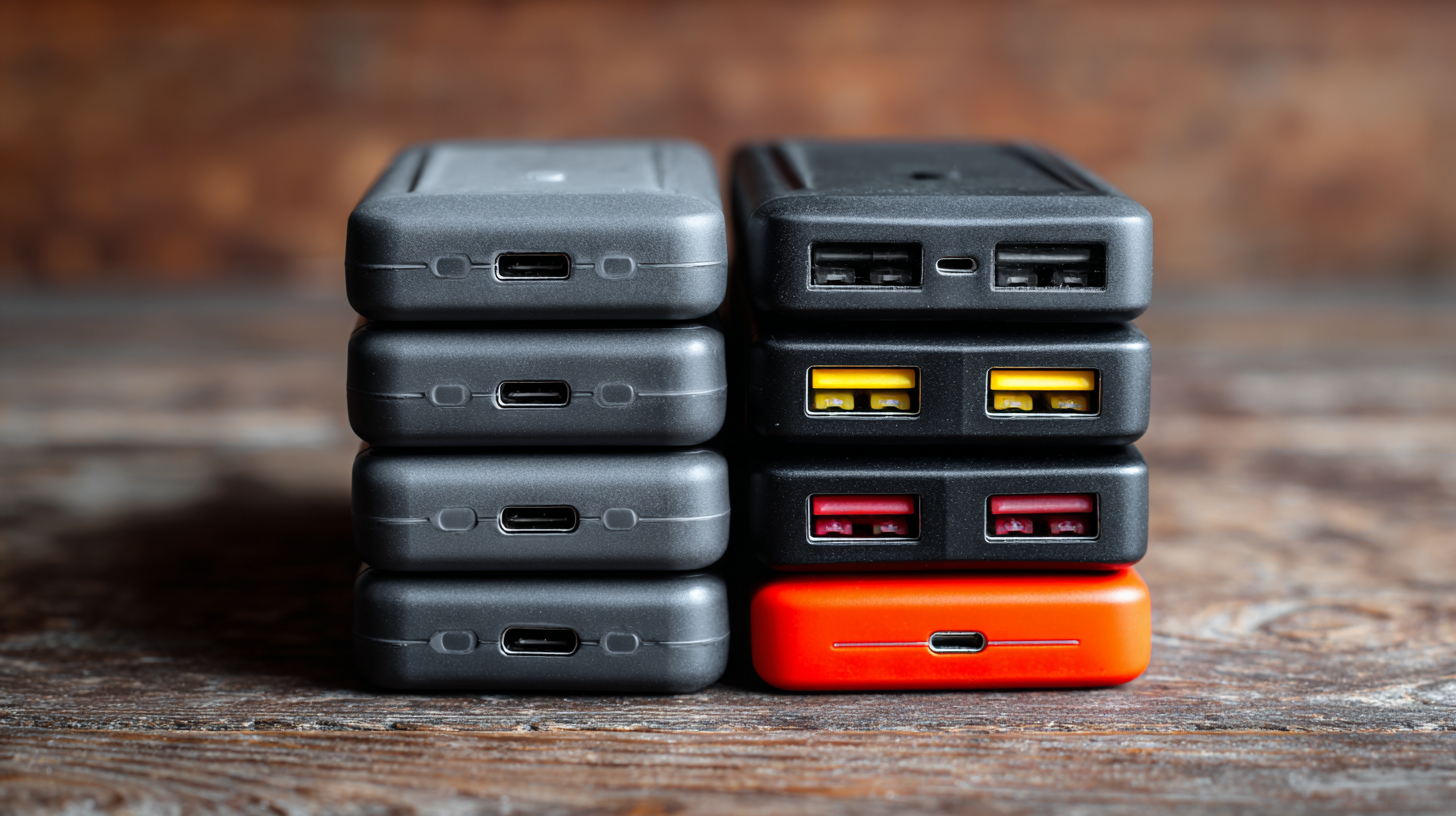
Key Factors to Consider When Choosing a Battery Pack for Your Device
When choosing the right battery pack for your devices, several key factors must be taken into account to ensure optimal performance and longevity. The charging efficiency of the battery pack is paramount, especially in light of new regulations set to take effect by 2025 that will impact home charging solutions. As the market for battery assembly equipment is projected to grow from $1.85 billion in 2024 to $6.97 billion by 2033, a compound annual growth rate of approximately 15.9%, selecting a battery that complies with evolving standards becomes increasingly critical.
Additionally, safety should not be overlooked when selecting a battery pack. Lithium-ion batteries, while advantageous due to their high energy density, also present potential risks if proper materials are not used during manufacturing. Recent analyses emphasize the importance of battery management systems (BMS) in monitoring battery performance and enhancing safety protocols. Investing in a high-quality battery pack equipped with advanced technology can significantly improve the usage experience and mitigate potential hazards. As consumers become more aware of these factors, informed decisions will ultimately lead to better device performance and safety.
The Ultimate Guide to Choosing the Right Battery Pack for Your Gadgets - Key Factors to Consider When Choosing a Battery Pack for Your Device
| Feature | Description | Considerations |
|---|---|---|
| Capacity (mAh) | The total amount of energy a battery can store. | Choose higher mAh for longer usage times depending on your device's needs. |
| Voltage (V) | The electrical potential difference provided by the battery. | Ensure the voltage matches the requirements of your device. |
| Size and Weight | Physical dimensions and mass of the battery pack. | Consider portability and whether it fits well with your gadget. |
| Output Ports | Types and number of ports available for charging devices. | Choose a battery pack with sufficient and compatible ports for your devices. |
| Charging Time | The time it takes to fully charge the battery pack. | Look for fast-charging options if you need quicker turnaround. |
| Durability | Resistance to drops, water, and other damages. | Select rugged designs for outdoor or rough usage. |
| Price | The cost of the battery pack. | Balance between budget and essential features needed for your gadgets. |
| Safety Features | Built-in protections against overheating, overcharging, and short circuits. | Prioritize safety features to protect your devices and yourself. |
How to Calculate the Power Needs of Your Gadgets
When selecting the right battery pack for your gadgets, understanding their power needs is essential. To calculate the power requirements, first, identify the voltage and amp-hour rating of each device. Most gadgets, such as smartphones or cameras, have their power specifications labeled on the charger or battery compartment. This information is crucial for understanding how much power you will need to sustain your devices during use or when charging.
Tips: When looking at the amp-hour (Ah) rating, remember that higher numbers mean longer usage times. For example, a device that requires 1A of current will run for about 5 hours on a 5Ah battery pack. Moreover, consider allowing a buffer by choosing a battery pack with at least 20% extra capacity than you calculate. This ensures your devices will have enough power even during peak usage.
Lastly, don’t forget about charging speed. The output rating, measured in watts (W), of the battery pack can significantly affect how quickly you can recharge your gadgets. Ensure that the output matches or exceeds the input requirements of your devices for efficient charging. Always check compatibility to avoid overloading your gadgets and ensure a longer battery lifespan.
Tips for Evaluating Battery Life and Charging Speed
When choosing a battery pack for your gadgets, evaluating both battery life and charging speed is crucial. Battery life refers to how long a device can operate on a full charge, which is essential for uninterrupted use during travel or extended periods away from power sources. Consider the milliampere-hour (mAh) rating of the power bank. Higher mAh ratings typically indicate longer-lasting power, but it's also important to match the output capacity with the device you are charging to maximize efficiency.
Charging speed, measured in watts, determines how quickly a battery pack can replenish your device's energy. Fast charging technology has become increasingly common, allowing for quicker recharges which can be a significant convenience on the go. However, rapid charging can impact the overall lifespan of the battery, so it's important to balance the need for quick charging with the health of the battery over time. Understanding how different battery types and charging mechanisms work will aid you in selecting a power bank that suits your needs and keeps your devices powered up efficiently.
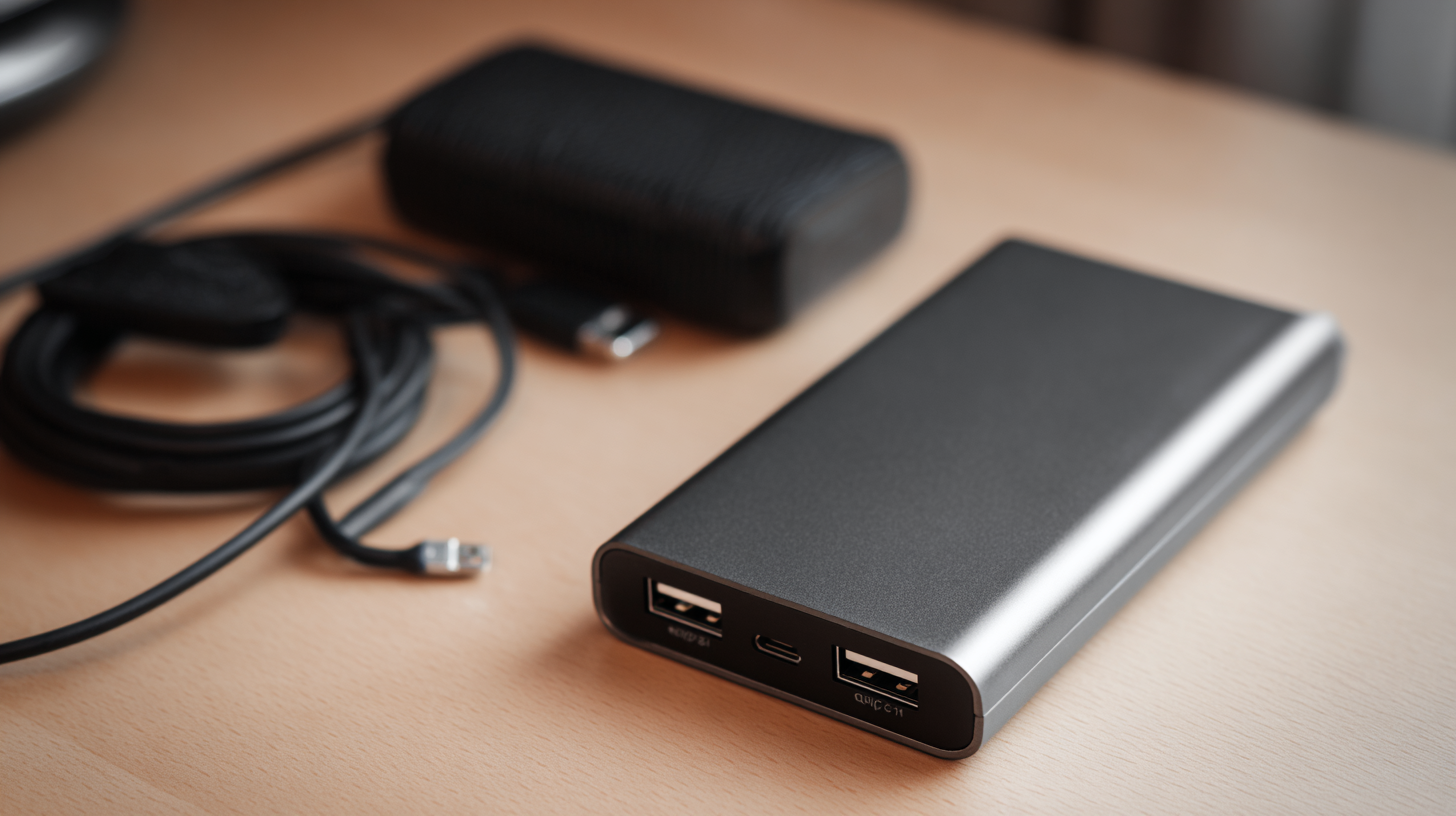
Safety Features to Look for in High-Quality Battery Packs
When selecting a high-quality battery pack for your gadgets, safety features should be your top priority. One critical aspect to examine is the presence of overcharge protection. This feature prevents the battery from being charged beyond its capacity, reducing the risk of overheating, swelling, or even explosion. A reliable battery pack will have built-in circuitry that monitors and regulates the charging process, offering peace of mind, especially during prolonged usage.
Another essential safety feature to consider is short-circuit protection. This mechanism automatically disconnects the battery in case of a short circuit, which can occur due to faulty wiring or damage. Additionally, look for battery packs that come with temperature regulation systems. These systems prevent the device from overheating during use or charging, thus prolonging both the life of the battery and the safety of your gadgets. Prioritizing these safety features will not only safeguard your devices but also enhance your overall experience with portable power solutions.
The Ultimate Guide to Battery Pack Safety Features
Related Posts
-
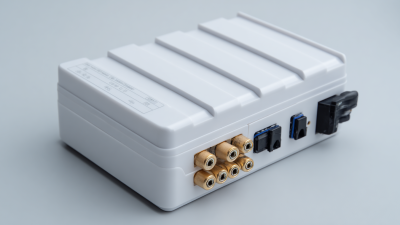
Unlocking the Future: How Battery Packs are Revolutionizing Portable Power Solutions
-

Revolutionizing Energy Storage: The Future of Battery Solutions for Sustainable Living
-
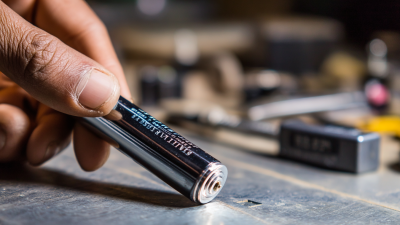
Ultimate Guide to Choosing the Best Battery: Key Factors When You Buy a Battery for Optimal Performance
-

Understanding Battery Power Efficiency Trends and Their Impact on Sustainable Energy Solutions
-

Understanding the Advantages of Deep Cycle Boat Batteries for Your Marine Adventures
-

Exploring the Future of Renewable Energy with Innovative Battery Store Solutions
